Anybody have any idea what's wrong with this cricket? It's eyes are all yellow.
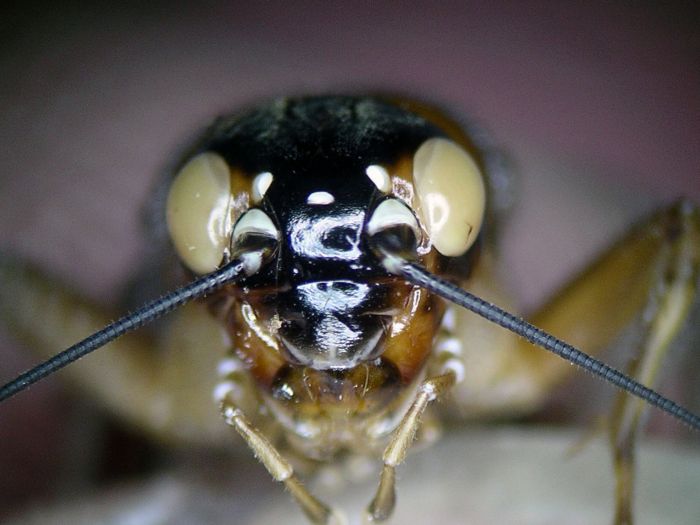
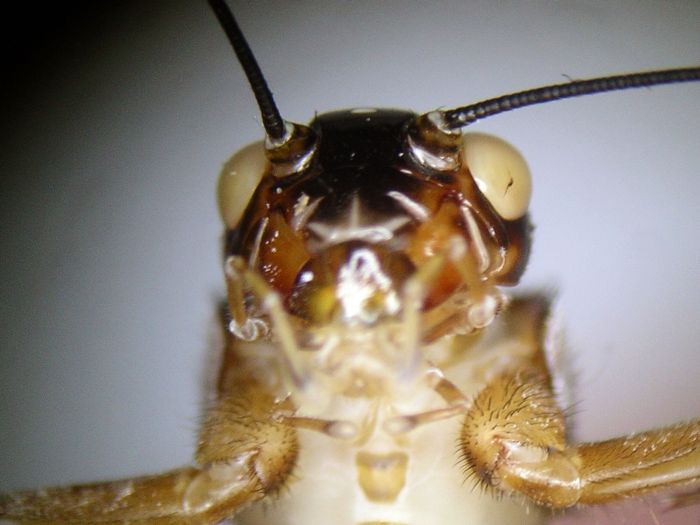

Anybody have any idea what's wrong with this cricket? It's eyes are all yellow.


i read something on a Parasite/fungi making ants turn into "zombie ants"
http://www.washingto...to-booby-traps/
Ant Queens found:
Solenopsis Invicta, Solenopsis xyloni, Brachymyrmex depilis/Sp, Myrmecocystus Mimicus, Pogonomyrmex barbatus,
Forelius pruinosus, Camponotus sayi, Dorymyrmex insanus, crematogaster ashmeadi,
----------------------------------------
Ant Queens i have going right now:
camponotus sayi, solenopsis invicta, Myrmecocystus Mimicus, Forelius pruinosus
Pogonomyrmex barbatus, and some others (no i.d.)
---------------------------------------
YouTube: AntsTexas
Facebook: https://www.facebook.com/cdockray1
Facebook page: AntsTexas
Apparently this person (http://www.chameleon...t-image-111166/) got a few like that when they bought some feeder crickets. Someone suggested a mutation from too many generations of inbreeding. Some of these definitely have been inbred many many times. I do add new crickets to the bunch every once and a while though.
It's probably just a random mutation. If it acts normal, it'd be fun to try to breed a variety that look like that ![]()
Current Species:
Camponotus fragilis
Novomessor cockerelli
Pogonomyrmex montanus
Pogonomyrmex rugosus
Manica bradleyi
In the wild crickets around my house, I have seen a few like that. I still have some in the freezer.
Species I keep:
1 Lasius cf. Neoniger 30 workers
1 Camponotus sp. 15 workers
20 Tetramorium SpE 30 workers
1 T. Sessile 200 workers
So a while back I found a male cricket in the bin with the same weird eyes. Well, now there are quite a few babies with the same funky eyes. I'm going to keep putting the yellow eyed crickets back into the breeding bin to see how many of them I can get.
That's pretty cool, it must be genetic then. Does the defect make those crickets blind?
Current Species:
Camponotus fragilis
Novomessor cockerelli
Pogonomyrmex montanus
Pogonomyrmex rugosus
Manica bradleyi
I'm not sure. I wondered about that, but they seem to be able to see. It would be kind of convenient though. For everyone but them of course. ![]()
If I were you, I would try to isolate them. See what happens. If the condition is a negative one, you don't want the weird crickets breeding with your good crickets and producing more funky eyed crickets.
Species I keep:
1 Lasius cf. Neoniger 30 workers
1 Camponotus sp. 15 workers
20 Tetramorium SpE 30 workers
1 T. Sessile 200 workers
I have plenty feeders. If that happened I would just keep pulling the yellow-eyed ones out first when it's feeding time.
Crickets use their antennae and ears a lot, so they may seem functional even if they're blind.
Current Species:
Camponotus fragilis
Novomessor cockerelli
Pogonomyrmex montanus
Pogonomyrmex rugosus
Manica bradleyi
So I isolated the three yellow-eyed crickets I had left. There were two female and one male which was perfect. Well now there are tons of babies hatching, and every single one has yellow eyes.
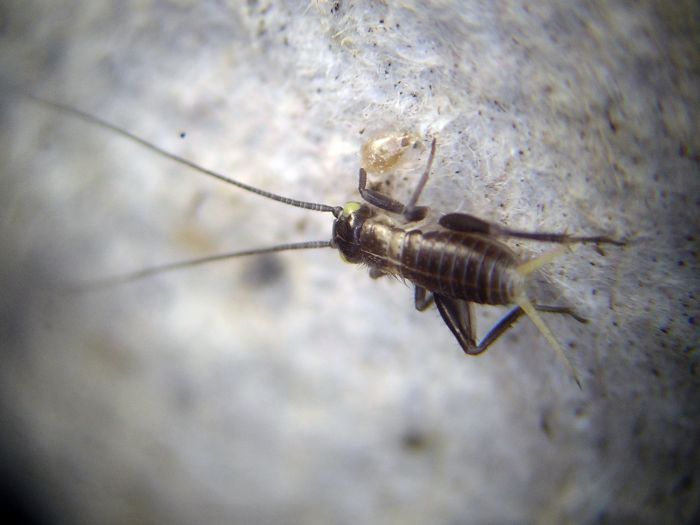
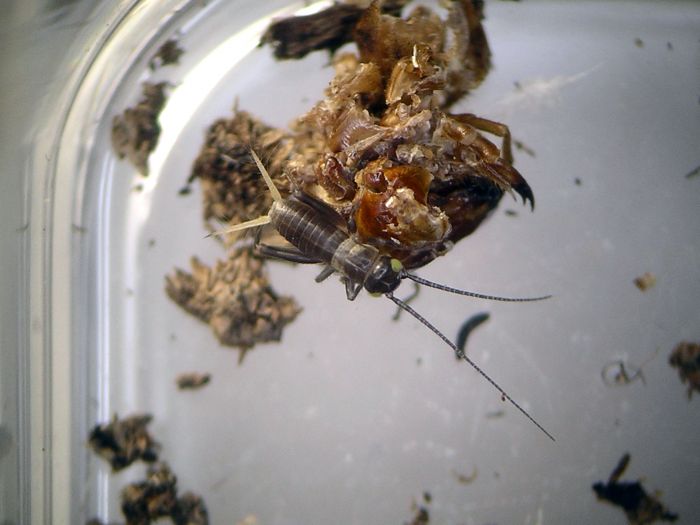
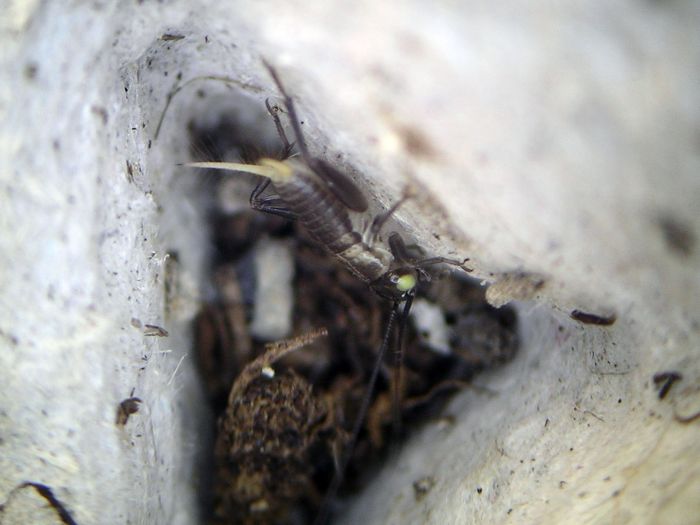
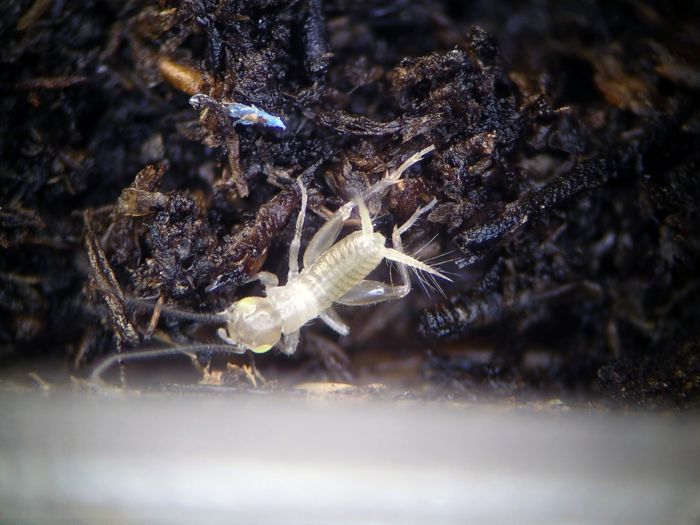
We got ourselves another Mendel, folks.
Really great job on this. Not sure if this is just neat, or if there's some practical use for it.
Maybe you could figure out a way to make the perfect feeder for ants, next.
At least they look cool! Have you noticed anything off about them? If they are just normal, then I'd guess it's just a gene or something, much the same as blue eyes?
Yeah, they don't seem to be any different. Would be nice if they were blind, but that doesn't seem to be the case; these are just as much of a pain in the butt to catch. They sure look cool though. ![]()
I think they are some species of Field Cricket? Or other wild native species from California.
Yes. They are field crickets, not house crickets. I hate the sound of house crickets, but I love the sound field crickets make.
Off-Topic →
General Off-Topic →
PseudomyrmecophilesStarted by Connectimyrmex , Oct 11 2017 |
|

|
0 members, 1 guests, 0 anonymous users